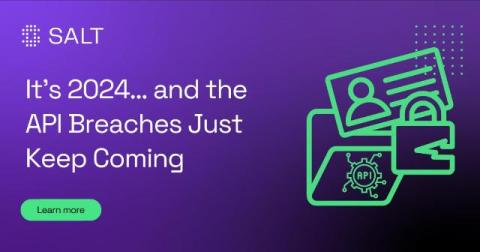Securing CAD files along the supply chain with HaloCAD
Nowadays, the digital supply chain is both essential and vulnerable. According to Pinsent Masons annual cyber report, supply chain breaches were the most common form of cyber incident in 2023 occuring in one third of cases (up from 5% in 2022). Meanwhile, Gartner predicts that almost half (45%) of global organizations will suffer a digital supply chain attack by 2025. Nowadays, the digital supply chain is both essential and vulnerable.











